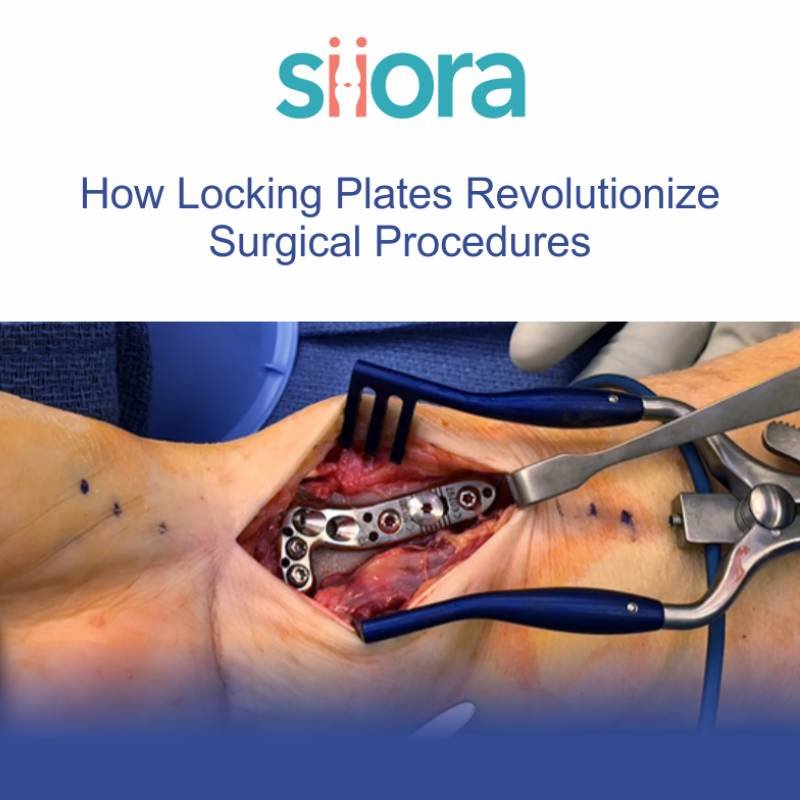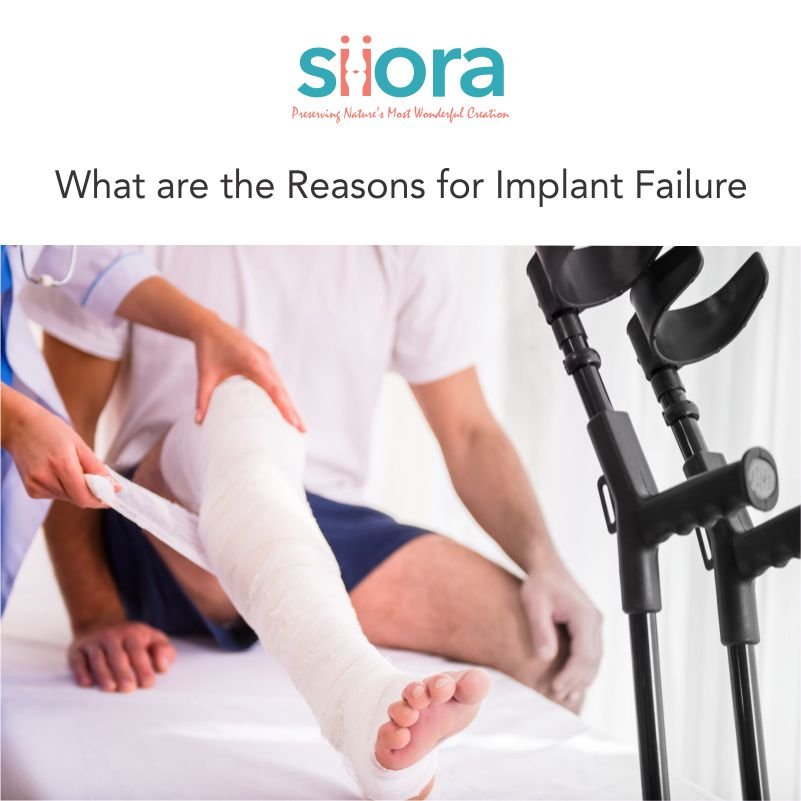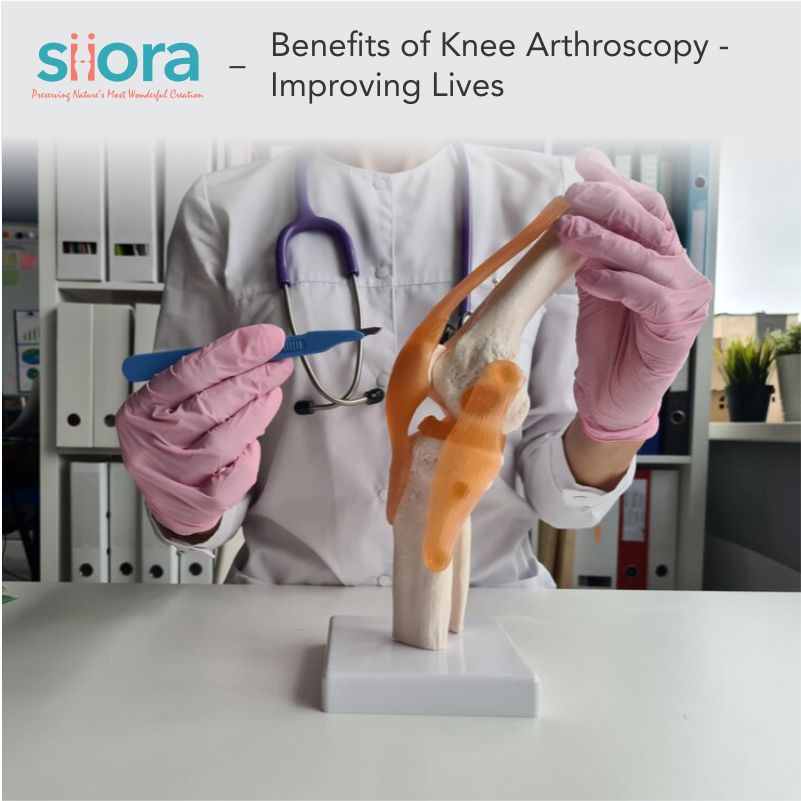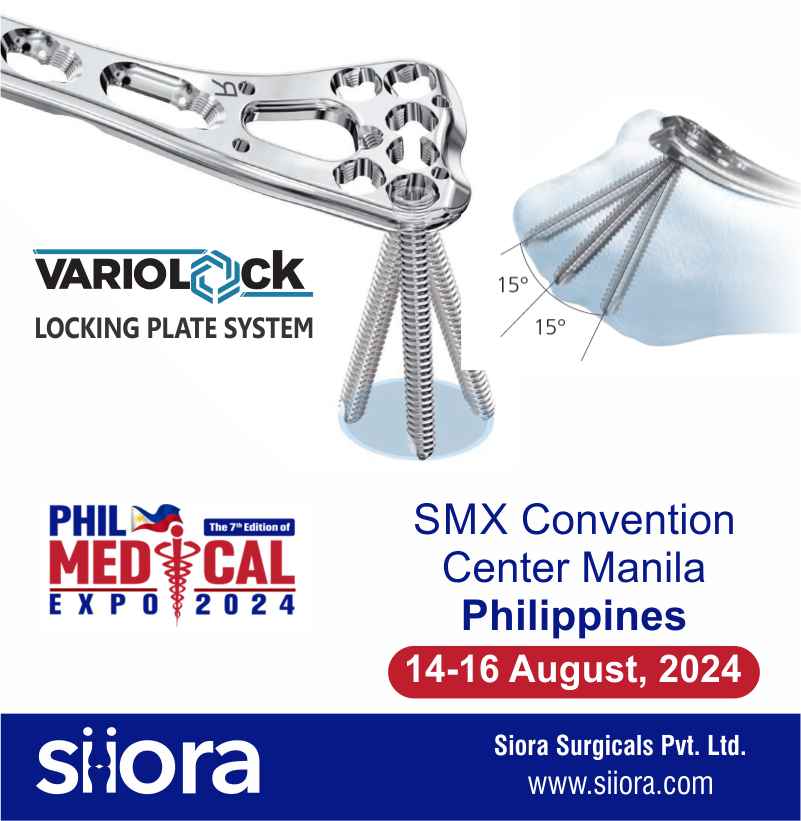The tibia is the large shin bone situated between the ankle and the knee. The fracture occurred in this bone is treated with the help of Trauma implants such as locking head screw, locking head cancellous screw, locking dorsal distal radius L-plate, lateral tibia locking plate, locking anterolateral distal tibia plate and so on.
This area of the body is known as (in medical terms) the leg, and together with thigh and foot, create the lower extremity (the leg is only the part between the ankle and knee, even though several people refer to the lower extremity as the ‘leg’). There are 2 bones of the leg – tibia and the fibula.
The tibia is the larger bone that people usually refer to as the shin bone. Most of the weight of the body is supported by the tibia. The fibula is a smaller bone located on the outside of the leg. It doesn’t support much body weight, although it does serve important functions at the ankle and knee joint and is the attachment of ligaments and muscles.
Tibia Fractures
Tibial shaft fractures are major injuries that usually occur after falls, sports injuries, car accidents, and other high-energy activities. The tibia shaft is the central part of the bone, not the flared ends of the bone located just below the knee or above the ankle. The medical name for the tibia shaft is a hollow type, although it does have a to some extent triangular shape with the tibia crest being the prominent ridge at the front of the shin. The bottom of the bone is known as the tibial plafond. While on the other hand, top of the tibia is known as the tibial plateau.
Inside the bone’s hollow center is the bone marrow canal. The outer part of the bone is rigid and thick. This is called the cortex of the bone and offers the strength of the tibia. As mentioned, fractures of this area of the tibia usually are high-energy injuries. There are situations where the bone may be abnormally weakened, and fractures can occur with less significant injuries. These are called pathologic fractures, and occur when the bone is weakened by osteoporosis, infection, tumor, or other conditions.
If the situation of the patient needs surgery, then the surgeons uses orthopedic implants to fix the fracture.
Signs of Tibial Shaft Fractures
Fractures of tibial shaft typically occur with substantial traumatic injuries. Common signs of these fractures include:
- Pain over the shin
- Deformity of the leg
- Bruising and swelling around the shin
- Inability to place weight on the leg
Tibial shaft fractures should be evaluated by examining the entire extremity for injuries not only to the tibia, but also for associated injuries to the extremity. Persons who sustain these injuries should also have a complete body assessment. This is because there can be other injuries that occur that cannot be noticed because of the leg pain.
Most tibia fractures can be entirely evaluated with x-ray tests. A stress fracture of the bone cannot show up on an x-ray, and these injuries may only be evident on tests such as bone scan or MRI. However, the normal way to evaluate is with an X-ray to start with.
The X-ray will help to determine whether there is a need of surgery and if required, then skilled surgeons will perform it using orthopedic instruments.








